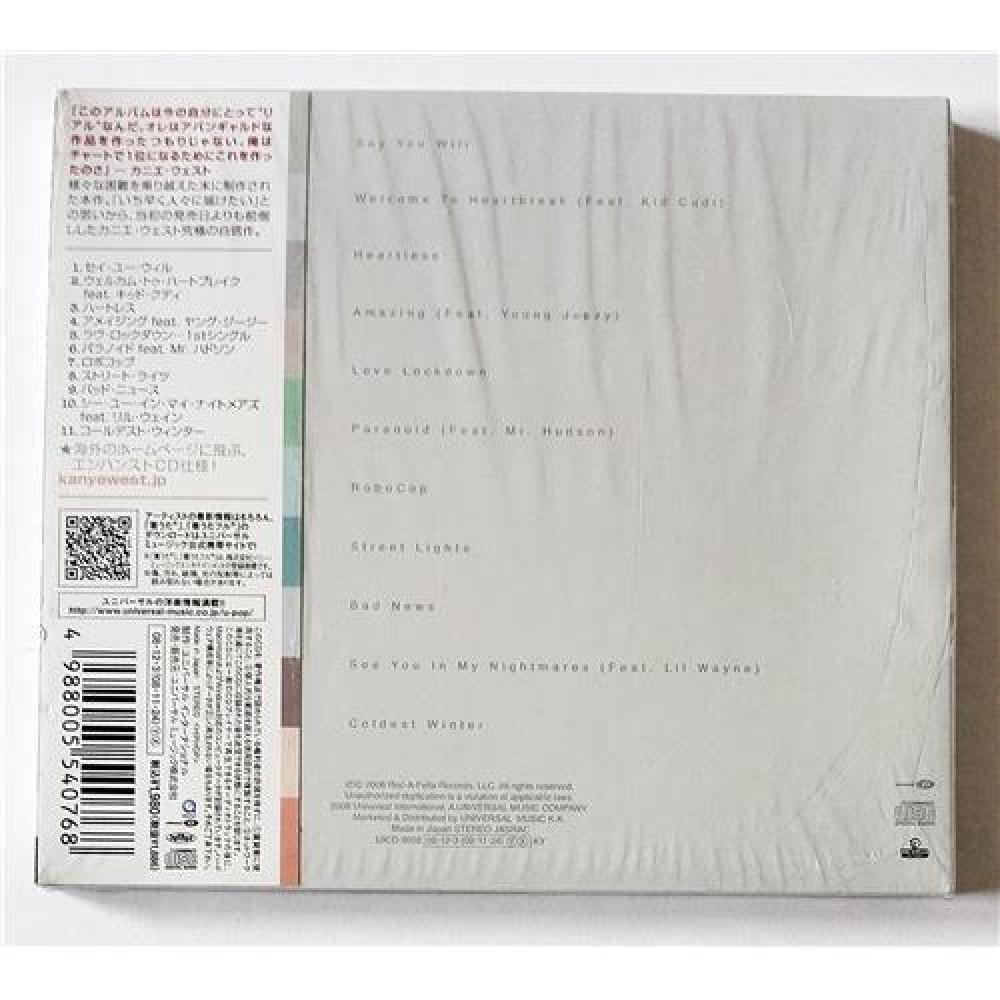

The five stages of grief is a well-placed, underlining meaning to the album. When truly diving into the lyrics and song placement, it is very specific.

His voice whines and wanes over the vastness of the the beat. With his auto tune use, it gives them even more character to go along with the production. The lyrics are more stretched as opposed to a quicker cadence in rap lyrics. This constant bass that carries itself from cover to cover acts as heartbeat, no matter how synthetic, to breathe even a small amount of life into the robotism. The kind that rattles every moving piece in your car. Not a muscle kind of weight, but the deep bass that you feel in your gut that you can only get from sub woofers. The lingering bass line in the songs holds a particular kind of weight.
#KANYE 808S AND HEARTBREAK ALBUM COVER FULL#
Even with this airy production, it still seems to somehow feel full and heavy. The sounds are so sparse that each note barely holds on long enough to get to the next one. The sound is described in the album’s namesake: The 808’s are the weight of the song and the autotune is the sonic representation of heartbreak. The production introduced a new kind of sound into hip hop that would soon mold how the genre was tackled. After deconstructing the culmination of songs, I saw that it acts as the five stages of West’s grief, but not in equal parts. The production is minimal and bare, but works with efficiency and absoluteness. “808’s & Heartbreak” is a quasi-lifeless symphony of dainty strings, liberal synth and electro. No chopped up sample, no intricate bars just something that was what it was. After the releases of his first three projects, which I will now call “ The School Trilogy,” he was set to release his fourth project called “Good Ass Job.” After losing his mother and ending his relationship with his ex-fiancé Alexis Phifer, that entire idea was scrapped and what came of it was something that was opposite from what he was known for. His catalog spans across seven solo projects. This is the first part of an in-depth, three-part series, “An Album Conversation,” that discusses Kanye West’s albums and the events that inspired them.


 0 kommentar(er)
0 kommentar(er)
